Much more than an appliance to get from point A to point B, we like to look at cars as an expression of more; the tech they employ, for example. How they make you feel once you’re sat behind the wheel; do they give us the “fizz”, as it’s called?
How about the car as an expression of national pride? In our look at some of our favourite Jeremy Clarkson memories, we discussed an episode in which he’s almost brought to tears as he takes a drive through London, surrounded by all the fantastic contributions England as provided to the world of the car, the truck and the heavy machine. It was such a great look at how much the car has shaped both the economic and physical landscapes of so much of the world.
And so, in honour of Canada Day for us here in the Great White North, and Independence Day for those in the USA on Monday, we stop and take a look at some of the cars that are most fitting of their country’s colours:
Canada: Terradyne Gurkha
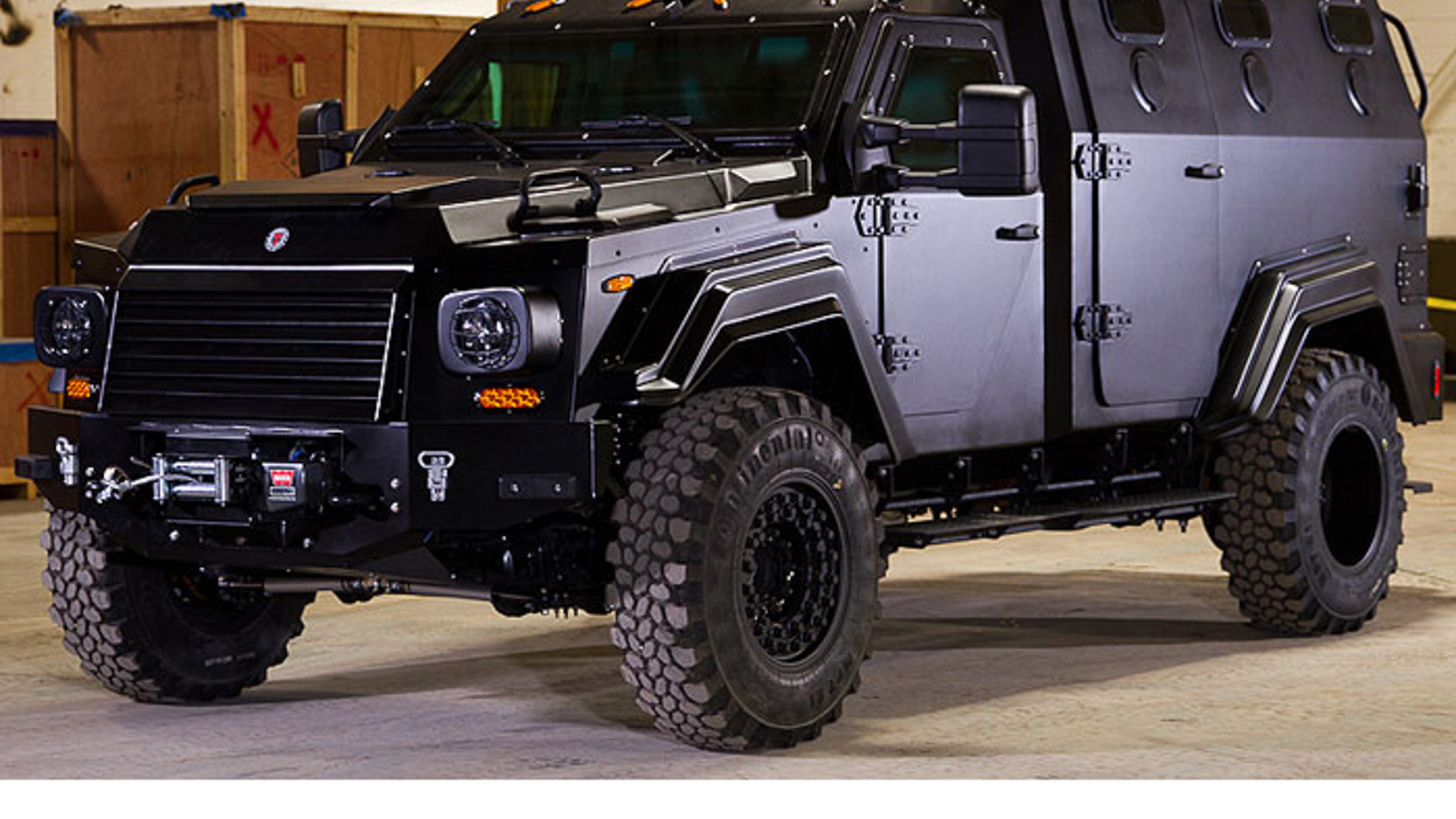
Lots to like about this one: it can drive over (and through) anything; turbodiesel V8 power; comfortable seating for a small army; resistance to small arms fire. You know: the kind of stuff every Canadian car buyer is looking for.
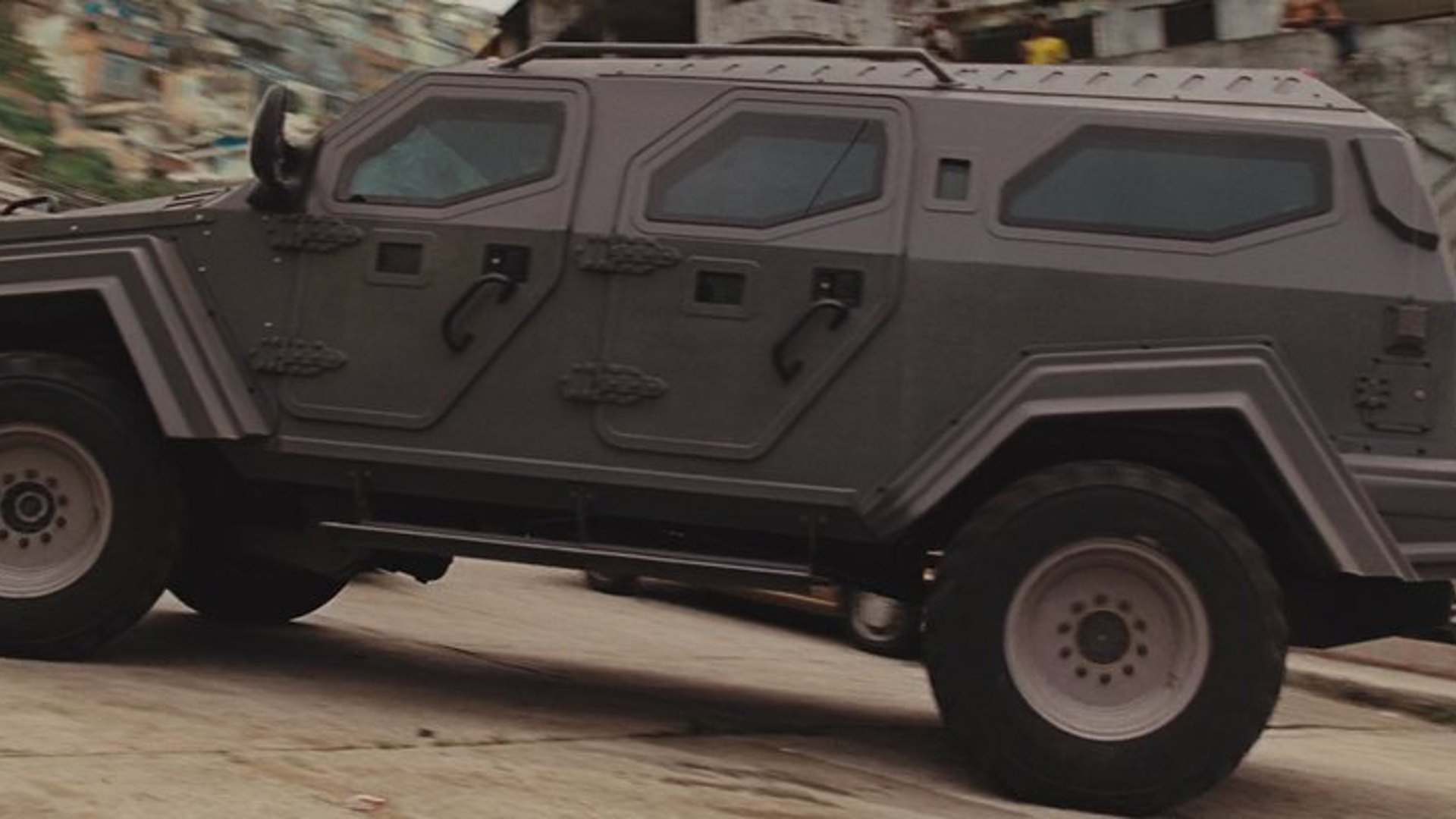
Seriously, though: there’s something that’s just so great about a vehicle that can strike fear into the hearts of its driver’s enemies, even though it comes from the nice guys north of the border. Oh, and Dwayne Johnson’s Agent Hobbs drove it in Fast Five, which pretty much gives it instant awesomeness.
USA: Jeep Wrangler
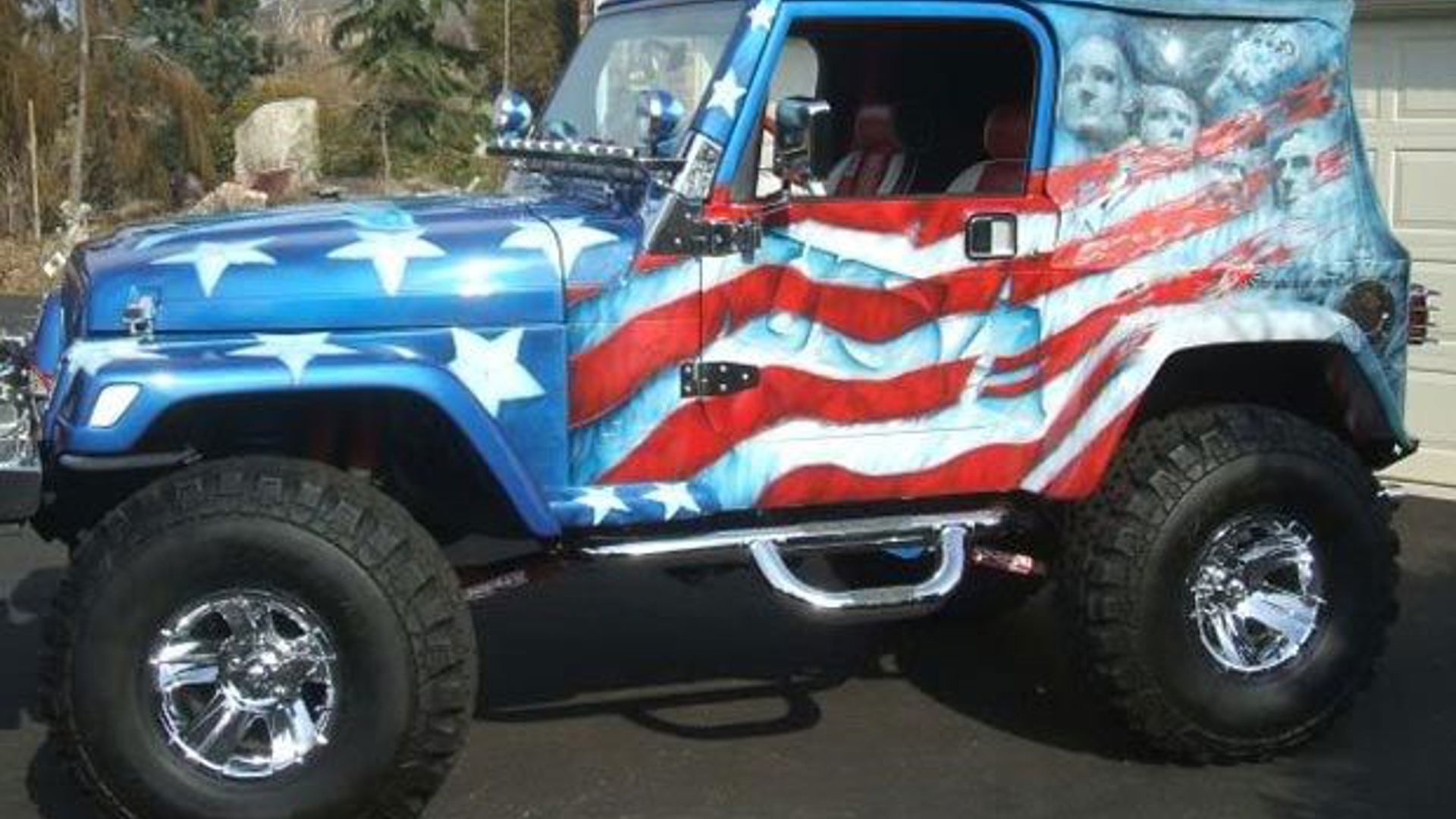
Surprised? Well, you shouldn’t be. After all, the Wrangler is the spiritual successor of the original “jeep”, that is to say the Willys MB built during World War II. It was the design chosen from a slew of original entries, which became three by 1941 and one soon after, when Willy-Overland took the prize.
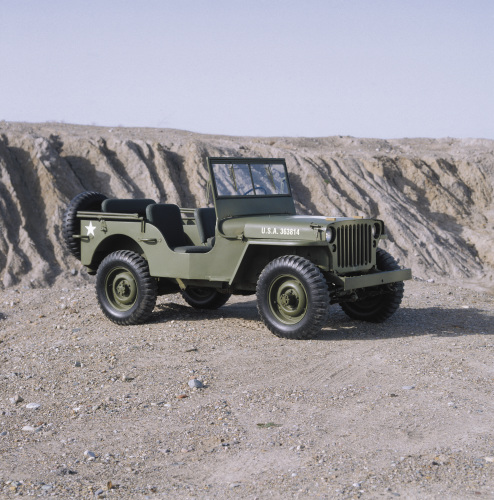
Today, many of that original Jeep’s DNA can be found in the Wrangler: short wheelbase (especially the two-door Sport model), 4x4 technology and light weight. So, you could say the Jeep you see on the road today is the great-grandchild of a tool that helped the free world reign all those years ago.
Germany: Mercedes-Benz G-Class
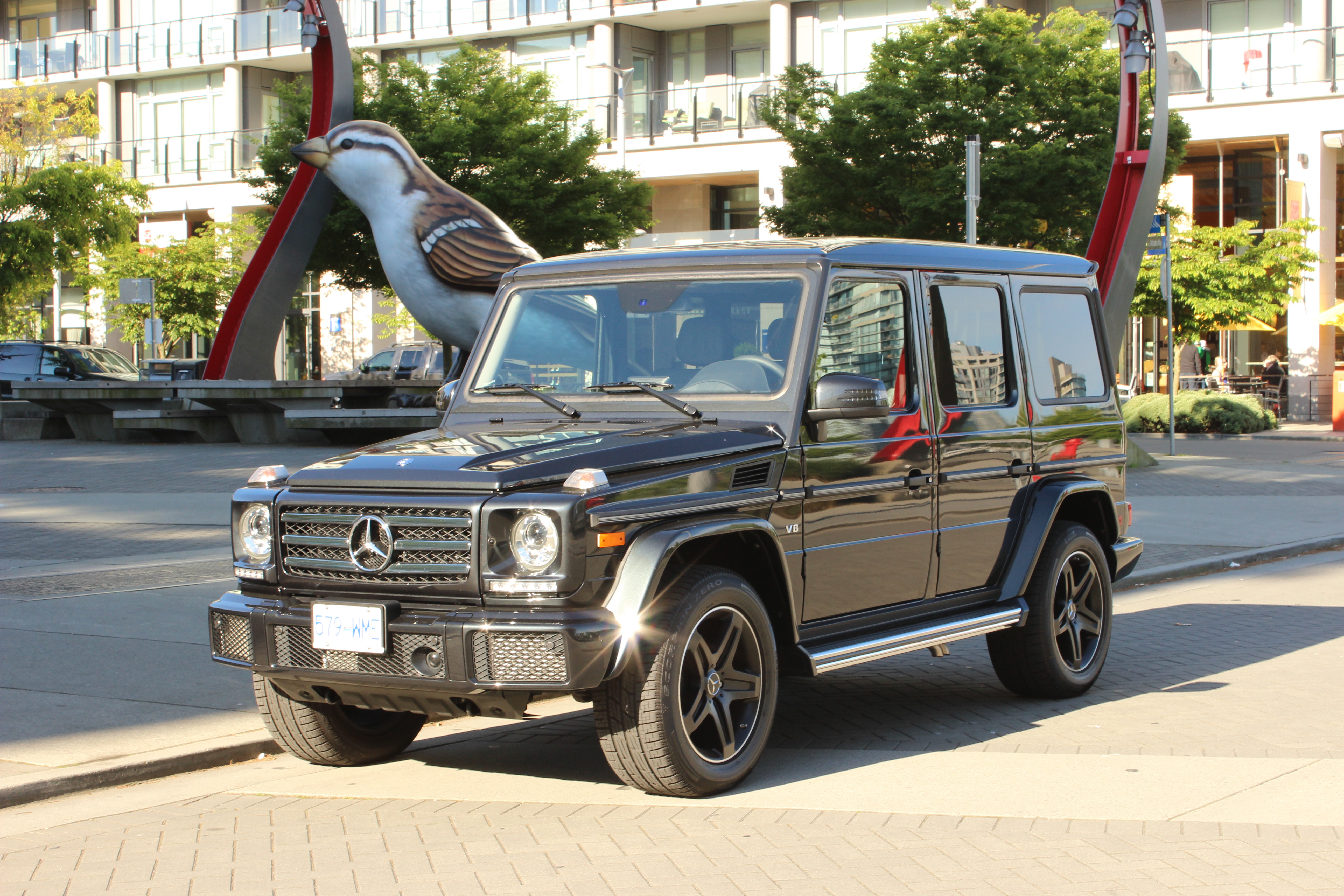
Yes, Germany’s contribution to the performance car world is undeniable. Porsche. Mercedes-AMG. BMW M. Audi RS. That’s all gravy. Thing is, those cars all have competition from across the globe. The G? Somewhat, but nowhere near what performance sedans and coupes have to deal with. Especially in Canada, where the G’s only real competition is the Range Rover and maybe – MAYBE – the Escalade.
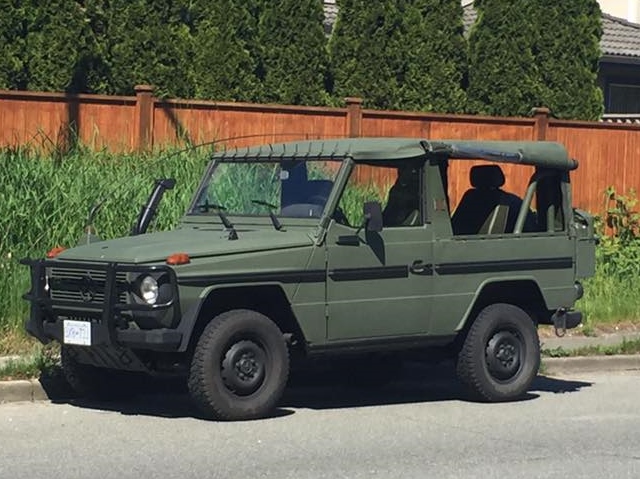
Those cars don’t have the staying power, though, I can tell you that – any time a vehicle can make it from showrooms in 1979 to showrooms in 2016 (and army motorpools in a similar timeframe) with hardly any changes, well, it gets our nod on the nationalistic pride front. That’s for sure.
Russia: Lada Niva
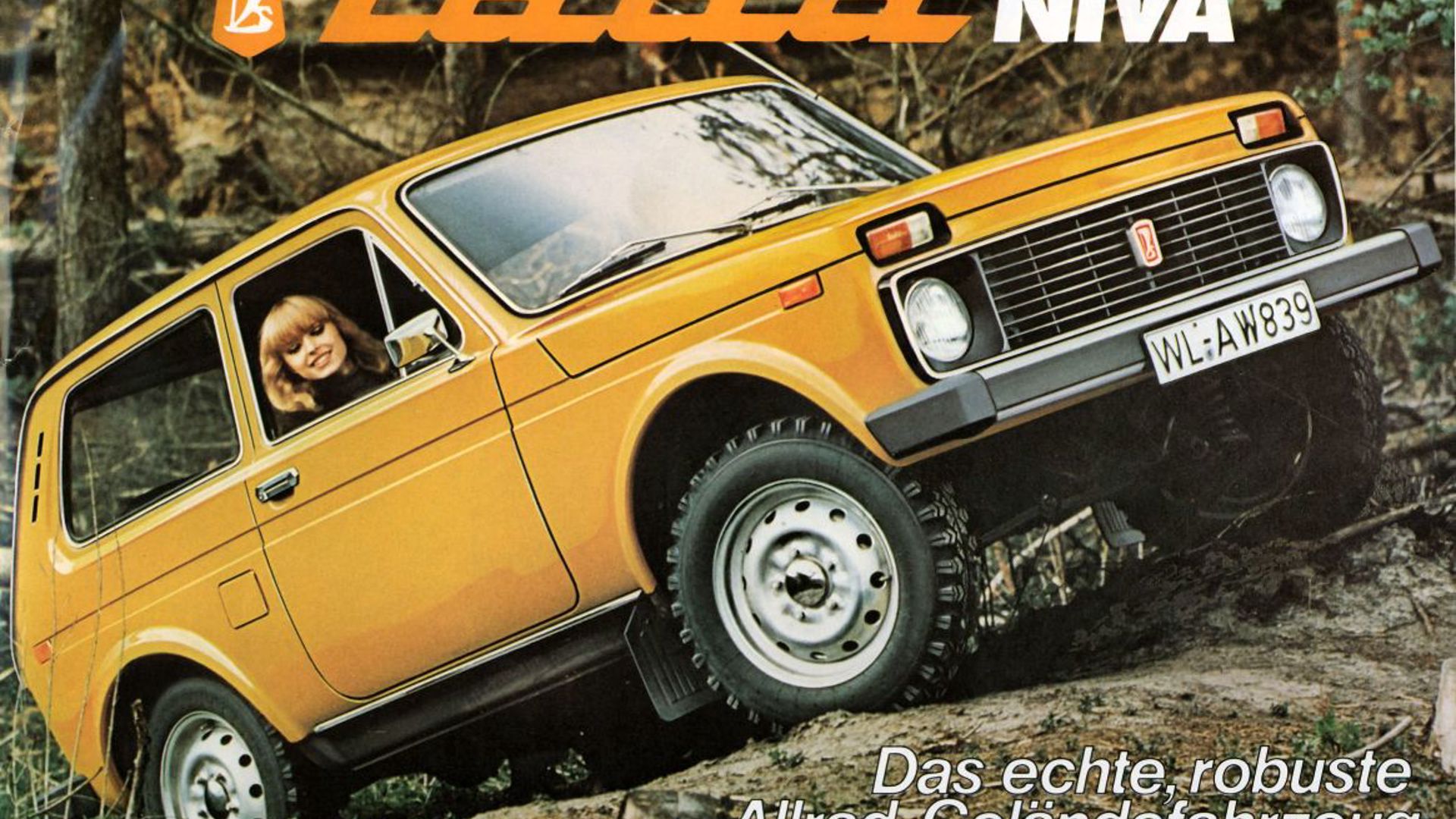
While many people have probably heard of Lada, what they don’t realize is that in the communist era, it was far from the only brand from the Bloc (sub-brand, actually, as it was technically a line under the AvtoVAZ umbrella). It just happens to be the only brand that made it to North America. The Niva, for its part, is actually still available in many markets under a variety of names including “Cossack”. Which, of course, is fabulous.

At any rate, the Niva/Cossack gets here because it provides a compelling look at what cars from behind the Iron Curtain can be all about. Utilitarian, carved from what appears to be a combination of aluminum siding, bulletproof Plexiglas and birch, available with four wheel drive and powered by an engine borrowed from Fiat (and good for about 12 OP, or “Oxenpower”), the Niva is Russia. Oh, and they rallied it, too. Which is nice.
Malaysia: Proton Wira

While the Sultan of Brunei busied himself with Ferrari station wagons and Bentley SUVs (no, not that Bentley SUV, but one based on a Range Rover) in the early ‘90s, the Malaysians that surround his little oil-rich Xanadu needed what we all did: compact sedans and hatches.
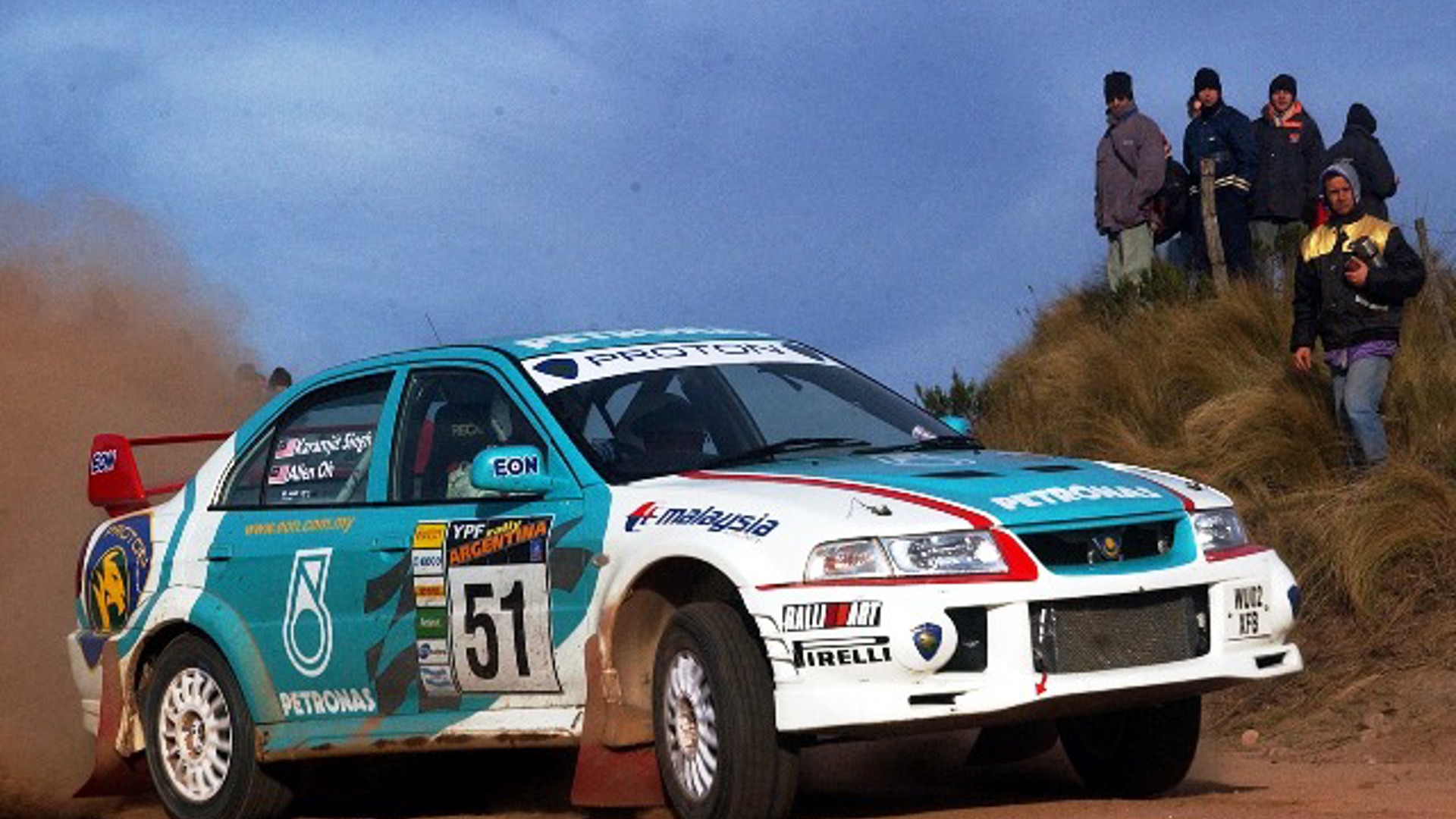
The Wira provided that thanks to a heap of Mitsubishi Lancer internals and externals and an affordable price. Further, like the Lancer, the Wira got a rallying equivalent that actually competed with the big boys in rally championships.
Mexico: Volkswagen Beetle

What’s that, you say? The Bettle’s German? Well, yes. Originally it was, but Mexico made it a part of the country’s vehicular landscape as much as – if not more than – Germany ever did. After all, they were built there up until 2003 with the final Beetle ever produced rolling off the line in Puebla, Mexico, right onto a ship and into the Volkswagen museum in Wolfsburg, Germany. Production at its destination, however, had ended 25 years prior.
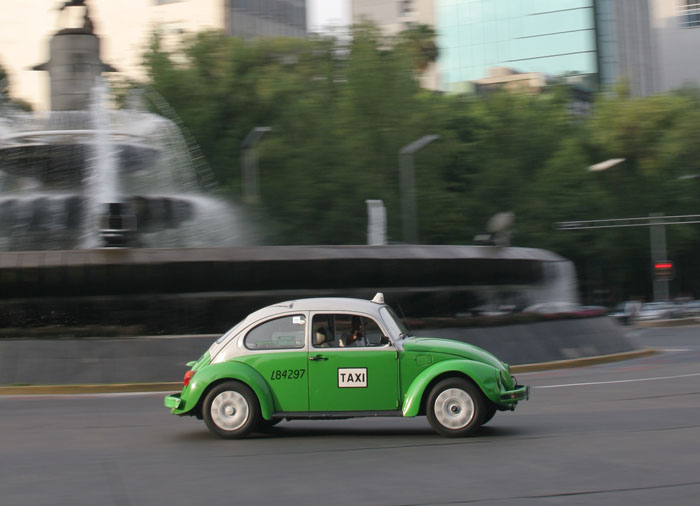
Further: perhaps the most iconic Beetle paintjob we’ve ever known came from Mexico, in the form of the Mexico City taxis. They weren’t taken off the city’s streets until 2012, 9 years after they ended production.
Sweden: Volvo 850

Long after the Americans – hitherto the station wagon masters – had begun developing SUVs, Volvo continued pushing forward with their wagon. In traditional wagon form, it was as boxy as you can get, leading to plenty of practicality and just a little weirdness, what with the backwards-facing seats and all. Still, though: in classic Volvo form, they could tackle almost any weather – which, of course, is especially pertinent for most of Canada – and included a turbo option, a tech originally made popular by the Swedes in the Saab 99 days.
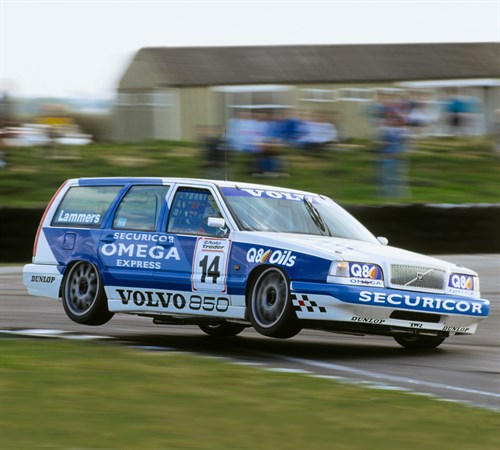
Speaking of the Saab 99: it had a big career in rallying, and the 850 had some motorsport pedigree of its own, competing – in wagon form – in the British Touring Car Championship in 1994.
Italy: Lamborghini Huracán

While this may be one of the more clichéd entries on this list, it’s hard to argue with the fact that this particular Lambo brings everything to the table to make Italy proud. Flamboyant styling, shrieking V10 power, and just a general disposition that fits so well with the playboy ethos. If that’s not enough for you, Lamborghini recently revealed the LP 610-4 Avio, available in four colours also used by the Italian Air Force Academy.

Personally, we like Blu Grifo, which recalls the stunning colours used by the Frecce Tricolori air show aerobatic team. I wonder if it spits out green, red and white exhaust?
France: Citroën DS

Weird and wacky must’ve been the order of the day when the DS debuted at the 1955 Paris Motor Show. It looked like nothing before it (or, indeed, since) but quickly became associated with both high culture and international intrigue; it protected then-President Charles de Gaulle from an assassination attempt, at the same time making appearances in several movies and TV shows. As recently as last year, the DS shone on screen in The Mentalist driven by the titular character.
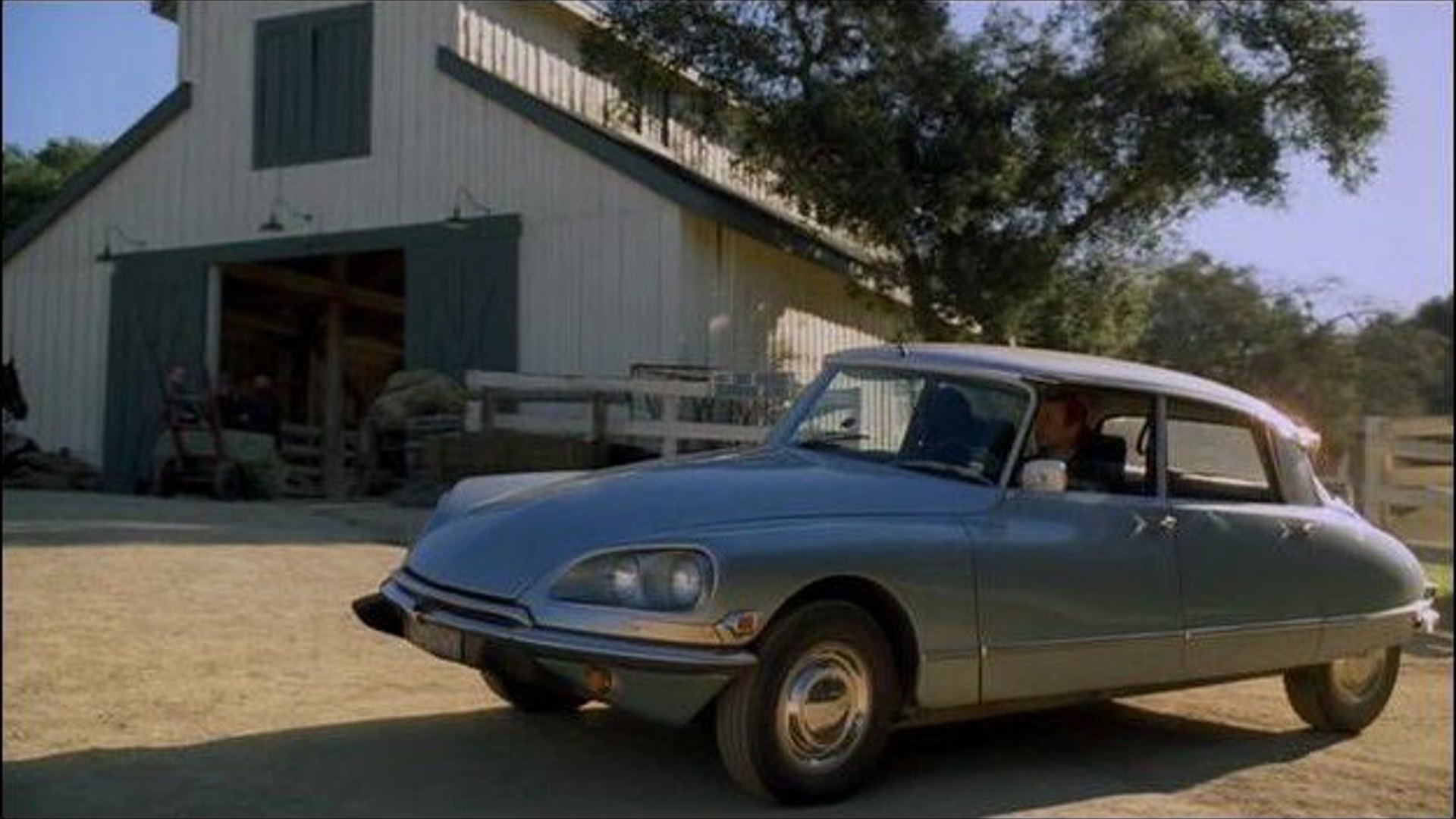
As stylistic as it was, the DS (déesse, pronounced deh-ess, is French for “goddess”), there was fancy new tech on-hand, too, including self-levelling pneumatic suspension. That feature was so ahead of its time that even today, it tends to only be available on upper-echelon models.
Japan: Nissan Skyline

Obvious? Perhaps. But bear with us a second. Beyond the fact that it has become a cult classic, that it’s starred in movies and continues to be a favorite of tuners both here and elsewhere, what’s crucial about the R34 model specifically is how it weaves so much Japanese-ness together.

There’s a police version, for example, on-hand to pursue ne’er do-wells on the drift-perfect switchbacks of Japan’s Kantō region. There’s interior tech designed by those that designed that other legend of Japanese motoring, the Gran Turismo video game series. There’s a turbo. There’s all- and rear-wheel drive, so it can be a muscle car on one hand, and an autocross champ on the other. The latest version of the car has oft been labelled as “the digital sports car”, but I’d bet dollars to green tea-flavoured Kit Kats that that suits Nissan just fine.


















